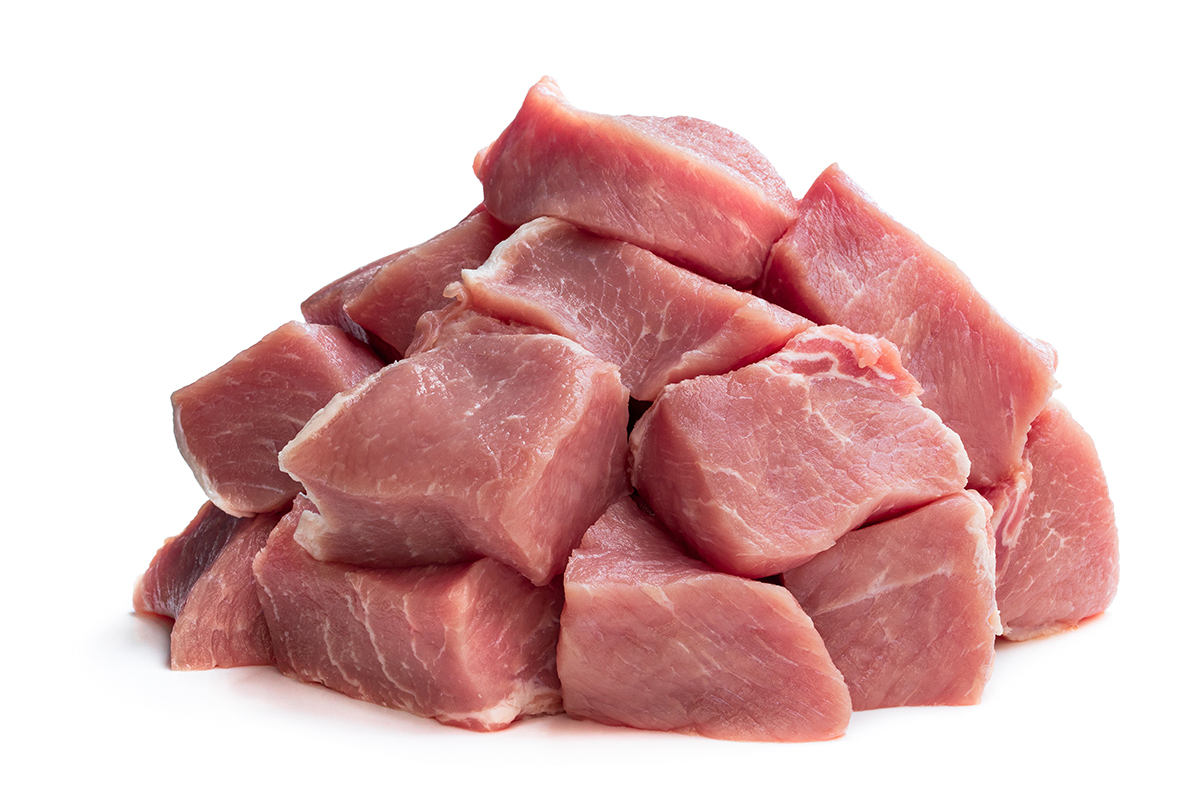Pork tenderloin samples were inoculated with either Salmonella spp,or Listeria mono. or Staph. aureus before being vacuum shrink wrapped and treated with an 80 mJ/cm2 dose ofUV-C iradiation to determine the microbial reduction.
Purpose
UV-C treatment of meat in pack can potentially increase the safety of food with minimal risk of post process contamination. The trial assessed the feasability of UV-C for in-pack decontamination on a variety of pathogens.
Main conclusions
Both Salmonella and Staph. aureus recieved no reduction in pathogen level.
Listeria mono. avhieved high reductions averaging2.23 log cfu/100 ml.
Methods
Pork tenderloin was purchased from a local UK butcher. The loins were cut into thirds and spray inoculated with an intial load of around 4.5, 6 and 6 log CFU/100 ml for wither Salmonella, Listeria mono or Staph aureous respectively.
The pork was then vacuum packed and shrink wrapped by exposing the packaging to 85°C for 2 sin UV-C transmisable packaging (around 65% transmission).
The packaged pork was then passed through a UV-C tunnel delivering a UV-C dose of 80 mJ/cm2 within the packaging.The level of microorganisms on the treated pork sample were compared to the control samples to determine the log reduction achieved.
What was investigated/ examined/ measured
The average microbial reduction achieved for each pathogen.
Parameter 1 Population of Salmonella on treated pork
- 0.04±0.08cfu/100 ml
Parameter 2 Population of L.mono on treated pork
- 2.23 ±0.96 cfu/100 ml
Parameter 3 Population of S.aureous on treated pork
- 0.05±0.10cfu/100 ml


